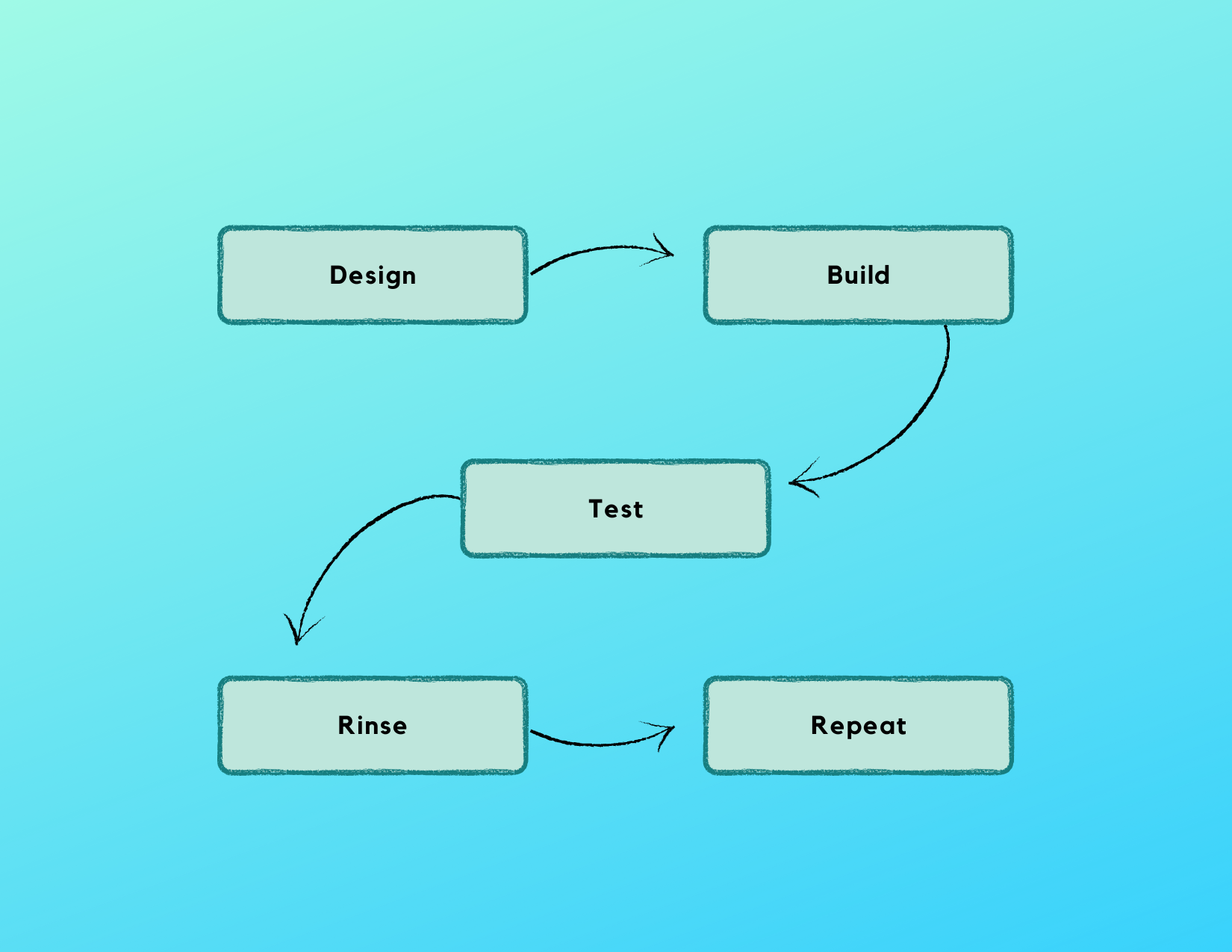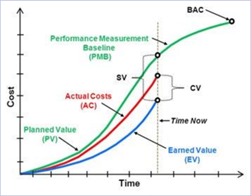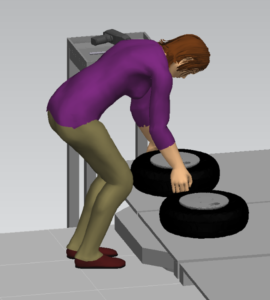Volume 5 | September 2022
QUARTERLY REVIEW
Human-Centered. Solutions Driven.
What Project Management Methodology Works Best for Your Projects
By Matthew Steigerwald, Manager Systems Engineering

Projects come in many shapes and sizes, and similarly various project management methodologies are available to help you plan, execute, and control them. As the US economy continues to shift from a manufacturing focus toward services and information, attention has naturally shifted toward agile practices showing success in these areas. Nevertheless, traditional project management techniques and approaches continue to offer value.
There are a tried-and-true range of methodologies to deliver smart solutions for clients:
- Waterfall
- Critical Path Method
- Earned Value Analysis
- Agile and Scrum
- Rolling Wave
These methodologies can provide alternatives to manage projects, or they can be used to complement each other.
Waterfall, or traditional, project management is so named because the project phases cascade sequentially. The approach focuses on requirements, with each project stage completes before moving on to the next. Properly executed, the analogy of a waterway lock system might be more appropriate than, say, a Niagara moment.
When to use it:
- Projects where requirements can be clearly elaborated up front and little change is expected along the way
Avoid when:
- You don’t really know how you’re going to get to the end and the requirements aren’t clear

Critical Path Method
Critical path scheduling involves building a network model that includes all activities to achieve the scope in the Work Breakdown Structure (WBS), the activity durations, and dependencies between activities. It is used to estimate the minimum project duration and determine the amount of scheduling flexibility on the paths within the model. [i] The technique identifies critical activities that must be completed on time to avoid affecting the project schedule, and the critical path – the longest path through the model.
When to use it:
- CPM is used more heavily with Waterfall projects than Agile ones
- For large, complex projects, the specialized Project Scheduler role may be needed
Avoid when:
- Lack of a well-defined WBS is a sign that your project needs additional structure before CPM can be usefully applied
“All models are wrong, some are useful.” – George Box
Earned Value Analysis
Also referred to as Earned Value Management, EVA uses a Cost Schedule Control System to manage project costs and schedule to the established performance measurement baseline. Traditionally used on large government projects with R&D cycles that span many years, EVA provides the basis for payments to the supplier prior to delivery of production units.

EVA is often used in conjunction with a CPM schedule, which provides the schedule baseline. Resource and fixed costs associated to schedule task from the cost baseline. Actual cost information is also needed at the task level.
When to use it:
- EVM principles can be applied to projects of any size provided the necessary PM discipline and tools are in place
Avoid when:
- The project organization has not adopted the necessary discipline
- The project plan is not well enough defined to support the reporting requirements
Agile and Scrum
Agile project management prefers a faster and flexible way of working, as opposed to waterfall. It is iterative and incremental in response to evolving requirements. Scrum is an approach used in agile project management – it focuses on teams and daily standup meetings.
Project work is time-boxed into iterative short bursts called sprints. The team gets as much done as they realistically can before moving to the next set of requirements. New features and requirements can be delivered rapidly in a customer deployable form, while encouraging incremental feedback from the end users. To quote the author, it is “a structured way of making it up as you go along.”
When to use it:
- Projects where you want to incorporate quick wins and build iteratively
Avoid when:
- You work in a traditional environment and the change to agile methods hasn’t yet been completed or understood
Rolling Wave
Involves progressive elaboration to add plan detail on an ongoing basis. Allow activities to proceed on near term deliverables while planning is still underway for future work packages. The Rolling Wave approach can be used in conjunction with Waterfall, and its basis is reflected in the iterative sprint planning of Agile. A high-level plan established early in the project serves as the basis for near-term detail planning, when it is most appropriate and useful.
When to use it:
- All the time, it’s gnarly dude
Avoid when:
- You’re a totally straight ok boomer

Each of these techniques works well when applied in the correct situation. It is also key to success, as noted in our Culture Corner article, that culture will play a key role in determining which is the smart solution for your organization or project.
[i] PMI Lexicon of Project Management Terms – Version 3.2, p. 3, 2017, Project Management Institute, Inc.
[ii] Cost Control in Building Construction: Inhibiting Factors and Potential Improvements – Scientific Figure on ResearchGate. Available from: https://www.researchgate.net/figure/Earned-Value-Management-EVM-SOURCE_fig2_331071401 [accessed 3 Aug, 2022]






 Why Sandalwood?
Why Sandalwood?


 We are a one-stop-shop for launching job rotation for any employer from conception to implementation. Our experts tailor our services to meet the needs of our customers by collaborating with them throughout the entire process. We do not offer cookie cutter solutions for job rotation because the needs of employers vary significantly.
We are a one-stop-shop for launching job rotation for any employer from conception to implementation. Our experts tailor our services to meet the needs of our customers by collaborating with them throughout the entire process. We do not offer cookie cutter solutions for job rotation because the needs of employers vary significantly. Why Sandalwood?
Why Sandalwood?



 Sandalwood is pleased to offer solutions above and beyond the traditional ergonomic assessments. With an in-depth knowledge of various digital human modelling software suites, integration and adoption to your health and safety programs has never been easier. Sandalwood is experienced in ergonomic program design as well as industry leaders in digital human modelling services. We have a diverse team that is able the leverage the results from the digital human model to provide in depth risk assessments of future designs and current state. Sandalwood is also able to pair these assessments with expertise and provide guidance on the best solution for you. Sandalwood is also on the forefront of emerging technologies and able to integrate Motion capture, Wearables, and extended or virtual reality into your ergonomic program.
Sandalwood is pleased to offer solutions above and beyond the traditional ergonomic assessments. With an in-depth knowledge of various digital human modelling software suites, integration and adoption to your health and safety programs has never been easier. Sandalwood is experienced in ergonomic program design as well as industry leaders in digital human modelling services. We have a diverse team that is able the leverage the results from the digital human model to provide in depth risk assessments of future designs and current state. Sandalwood is also able to pair these assessments with expertise and provide guidance on the best solution for you. Sandalwood is also on the forefront of emerging technologies and able to integrate Motion capture, Wearables, and extended or virtual reality into your ergonomic program.



